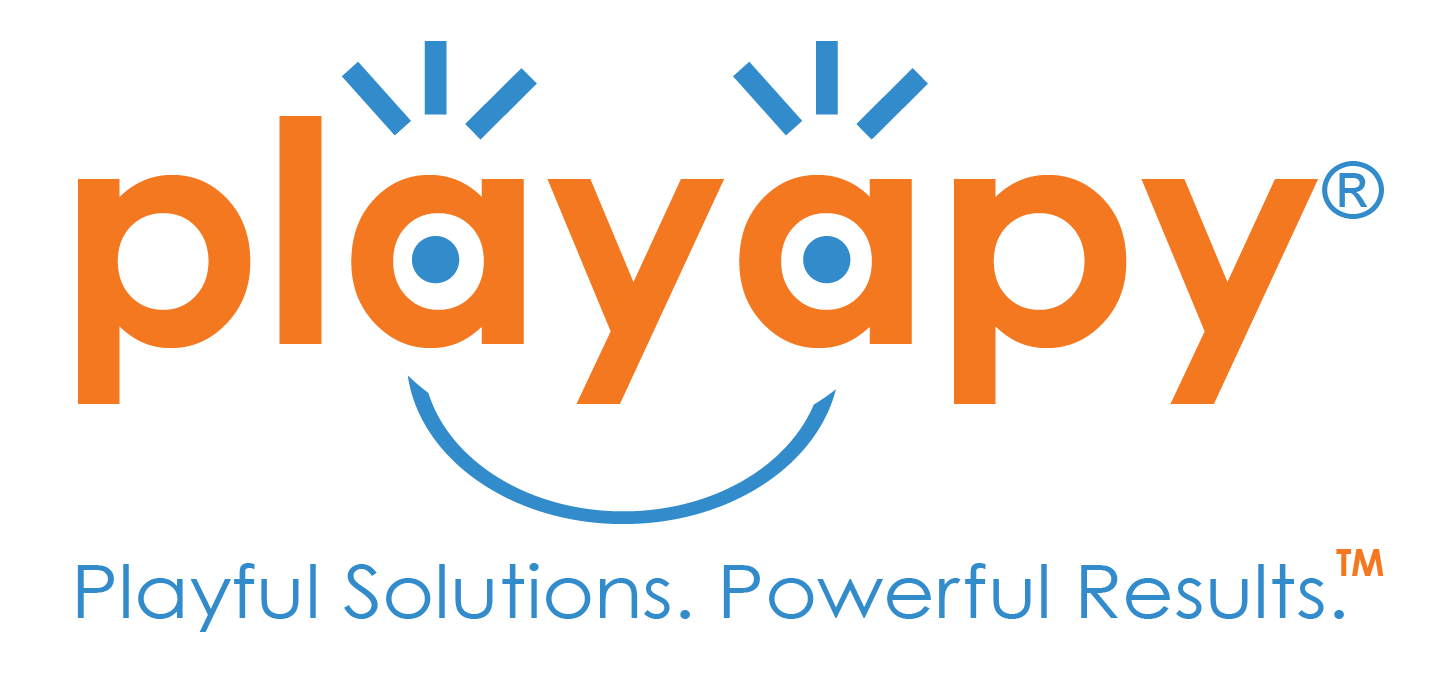
13 Feb The 5 Play Languages
Due to the popularity of the book The 5 Love Languages by Gary Chapman, it is easier to remember the ways people prefer to receive and give love. These include physical touch, quality time, acts of service, receiving gifts, and words of affirmation. There is even a book that explains this concept related specifically to children that I talk about in a past video.
Since Valentine’s Day is approaching, I started wondering about play languages as opposed to love languages. Do we have a preferred way of playing? Of course, we do! I talked about Dr. Stuart Brown’s Play Personalities in the past. However, I am thinking of something a little different. Instead of identifying ourselves with a particular personality, what if we toy with the idea of how many play languages a child can speak individually or simultaneously.
Parents want their children to be happy and healthy. Kids communicate what they love and makes them happy by how they like to have fun and play. To help you remember 5 easy ways to engage your child in healthy forms of play, I like to use the acronym SPICE. We could all use a little spice in our lives, right? After all, what is play but food for the body, mind, and soul. So, let’s dig in and get a taste of the 5 Play Languages.
Social Play
When a child is playing using words, sign or body language, they are engaging in social play. It can build social, self-expression, and cooperation skills. This can include interacting during games, sharing knowledge, taking turns, role taking, etc. You can associate it with the action word: talk.
Physical Play
When a child is playing using mostly the large muscles of the body, they are engaging in physical play. It can build strength, endurance, and coordination. This can include running, jumping, climbing, throwing, balancing, etc. You can associate it with the action word: move.
Imaginative Play
When a child is playing using creative thought, they are engaging in imaginative play. This can build ideation, self-esteem, self-confidence, and thinking skills. This can include make-believe, pretending, playing with props, dressing up, inventing, etc. You can associate it with the action word: think.
Constructive Play
When a child is playing using mostly the small muscles on the body to make or build something, they are engaging in constructive play. It can also build strength, endurance and coordination using tools and toys as well problem-solving skills. This can include painting, drawing, cutting, writing, assembling, etc. You can associate it with the action word: make.
Exploratory Play
When a child is playing using multiple senses, they are engaging in exploratory play. This can build patience, tolerance, processing skills, and awareness of the senses. This can include enhanced and intense activities where the sensory systems are stimulated like with food, sand, water, or other elements of nature. You can associate it with the action word: seek.
What’s great about spices is that they create new experiences when used together. It is the same with play. We as humans can participate in various types of play at the same time. In fact, pediatric occupational therapists are experts at combining forms of play with children to improve skills in an impactful way that is efficient as well as effective. We often encourage parents to embrace play as well for its many benefits.
Which word comes to mind when you think of your child? Is there one in particular that you feel best describes their favorite action word? Talk. Move. Think. Make. Seek. I hope there’s a little bit of each in their daily lives.
Amy Baez is the Founder of Playapy and Creator of the PALS Handwriting Program. She is a pediatric occupational therapist, speaker, and parent coach with over 20 years of experience.
